Museum of the Origins of Man
ANIMAL IN POST-PALEOLITHIC SCULPTURE
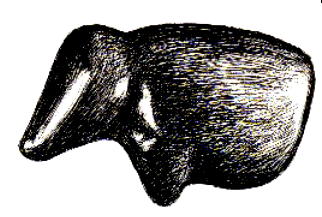
Fig. 7A1) Zoomorphic sculpture in amber (drawing).
It represents an incomplete mammal, from which it is not possible to draw elements that unite art and religion.
Dimension: very small.
Origin: Northern Europe.
Material culture: Neolithic.
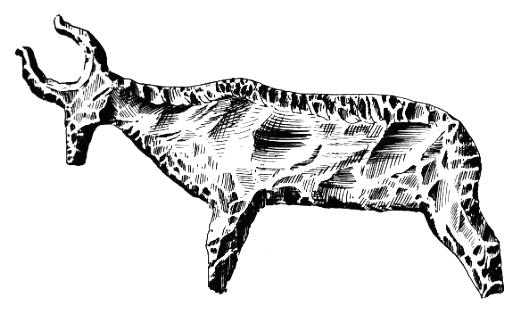 Fig. 7A2) Zoomorphic stone sculpture (drawing).
Fig. 7A2) Zoomorphic stone sculpture (drawing).
It represents a bovid. In the profile one should see only one horn, but you see two horns, and this links the subject depicted to the Magdalenian Civilization. The stone working technique instead is of the Mousterian tradition.
From this type of sculpture and in animals represented individually, it is not possible to draw elements that unite art and religion.
Dimensions: small.
Origin: Egypt.
Material culture: Neolithic.
Location: Berlin Museum.
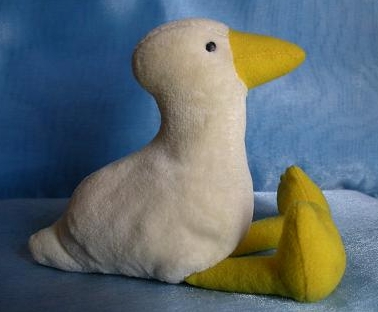 Fig. F5) Domesticated goose. A stuffed toy for children. The drawing is probably by an artist, because it is beautiful. The stylistic deformation manifests as a lack of wings, while the feet are not webbed, but it is understood to be a goose and not a duck by the shape of the beak.
Fig. F5) Domesticated goose. A stuffed toy for children. The drawing is probably by an artist, because it is beautiful. The stylistic deformation manifests as a lack of wings, while the feet are not webbed, but it is understood to be a goose and not a duck by the shape of the beak.
Origin: Europe, 2006.
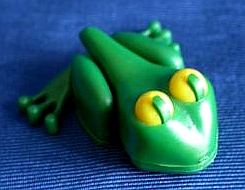 Fig. F6) Frog. Plastic toy.The stylistic deformation is remarkable in the abolition of the front limbs and increased volume of the eyes.Dimensions: 1.6 inches.Origin: Italy, 2002.
Fig. F6) Frog. Plastic toy.The stylistic deformation is remarkable in the abolition of the front limbs and increased volume of the eyes.Dimensions: 1.6 inches.Origin: Italy, 2002.
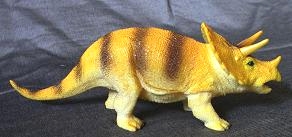 Fig. F7) Triceratops, a Cretaceous dinosaur. A plastic toy for children. This small sculpture derives from a reconstruction based on skeletal finds by paleontologists and has no stylistic variations; therefore it is intended as an imitation of reality, however imaginary.Length: 4.7 inches.
Fig. F7) Triceratops, a Cretaceous dinosaur. A plastic toy for children. This small sculpture derives from a reconstruction based on skeletal finds by paleontologists and has no stylistic variations; therefore it is intended as an imitation of reality, however imaginary.Length: 4.7 inches.
NEXT
Index
HOME PAGE
Copyright©2020 by Museum of Origins of Man, all rights reserved.





